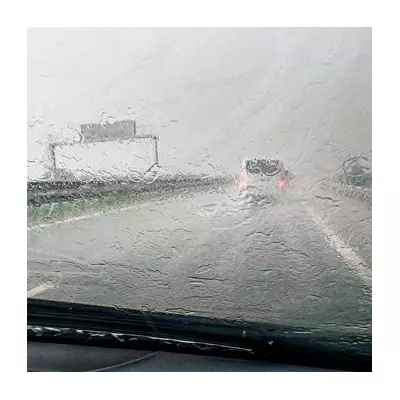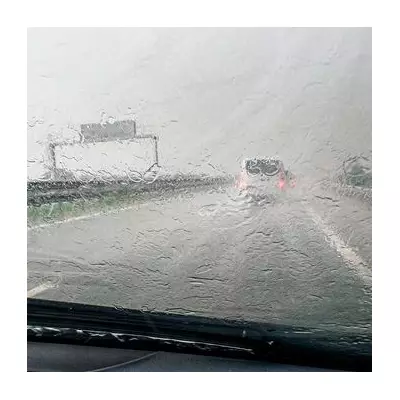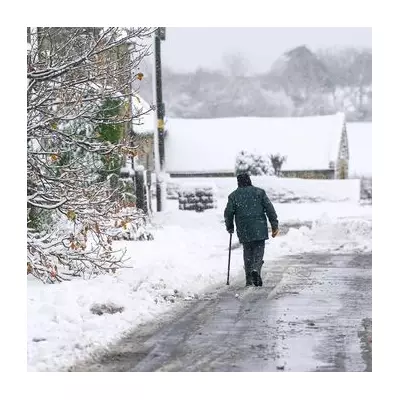
A powerful 6.9 magnitude earthquake has struck the Alaskan peninsula, sending shockwaves through the region and triggering immediate tsunami warnings as Typhoon Bolaven simultaneously intensifies its approach toward Japan.
Double Disaster Threatens Pacific Region
The seismic event, occurring at a depth of approximately 24 miles, centred near the Alaskan coastline, prompting urgent safety measures across coastal communities. Meanwhile, thousands of miles across the Pacific, Typhoon Bolaven has been upgraded to a super typhoon with winds reaching an astonishing 180mph.
Immediate Response and Evacuations
Local authorities in Alaska have initiated emergency protocols, with residents in low-lying areas being advised to move to higher ground immediately. The National Tsunami Warning Center has been monitoring sea level changes closely, though initial fears of significant tsunami damage have since been downgraded.
Emergency services remain on high alert as aftershocks continue to ripple through the region. The earthquake's timing couldn't be more concerning, coinciding with the development of one of the most powerful storms of the year.
Typhoon Bolaven's Path of Destruction
Typhoon Bolaven, now classified as a super typhoon, is currently churning through the Pacific Ocean toward Japanese territory. Meteorological agencies warn that the storm could maintain its intensity as it approaches the region, potentially affecting millions of residents.
Japanese authorities have already begun large-scale evacuation procedures in vulnerable coastal areas, with emergency shelters being prepared to accommodate displaced residents.
Climate Experts Express Concern
Climate scientists are noting the unusual coincidence of these simultaneous natural disasters, highlighting the increasing frequency and intensity of extreme weather events in recent years. While there's no direct connection between the Alaskan earthquake and Typhoon Bolaven, their concurrent occurrence underscores the growing challenges facing emergency response systems worldwide.
Residents in affected regions are advised to stay tuned to official weather and emergency channels for the latest updates and safety instructions as both situations continue to develop.





